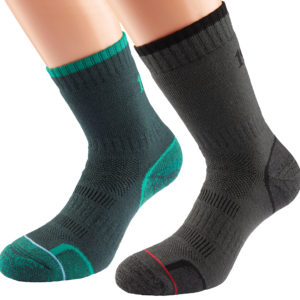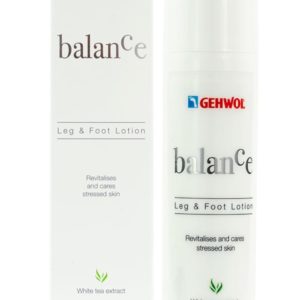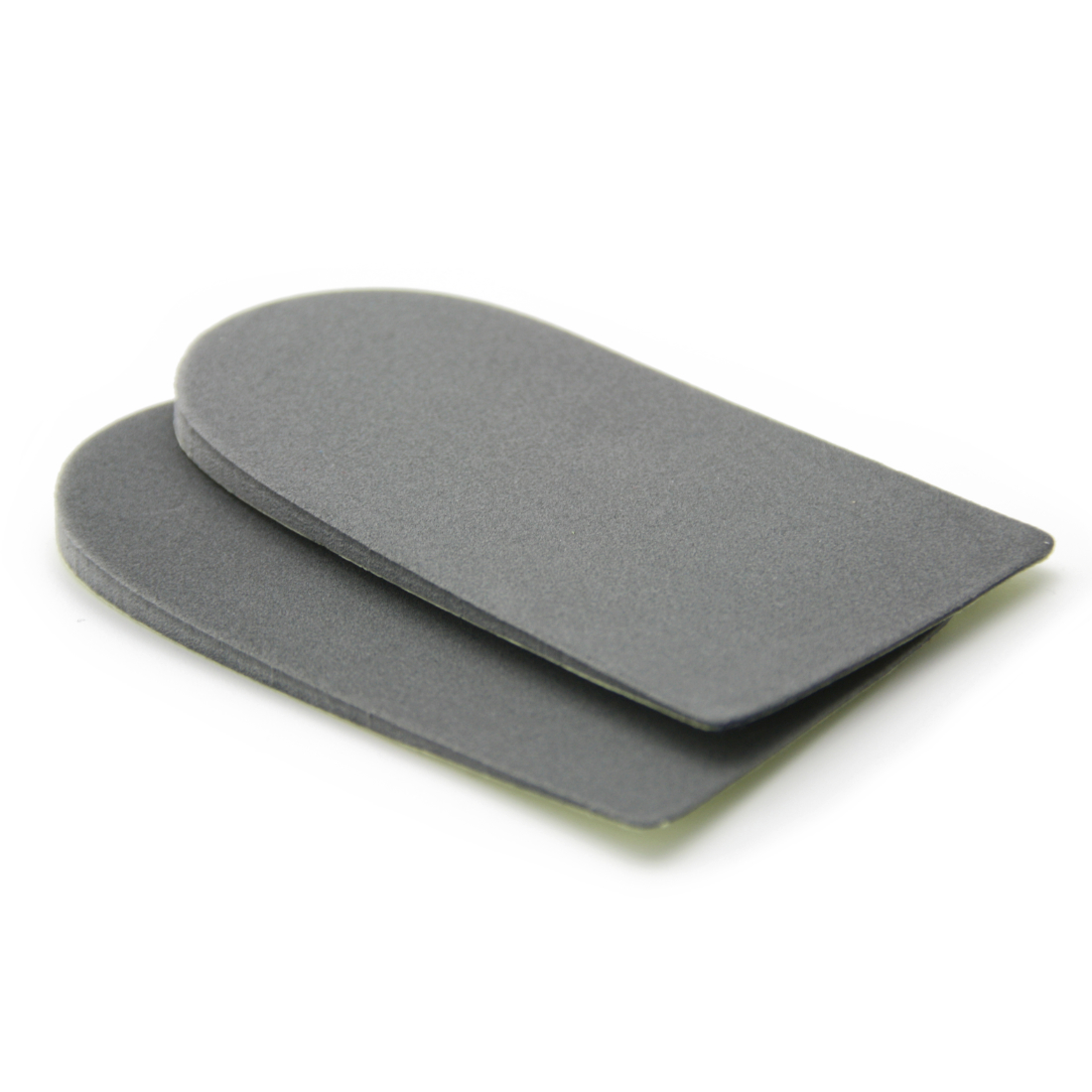Evolve Range Heel Raise
Our Alleviate range is only available to Health Professionals, if you would like to register with us as a Health Professional, please click below.
Product Description
Evolve Range Heel Raise Technology
- First intervention heel raise
- Self-adhesive 6mm heel wedges designed to complement and be compatible with the Evolve range
- They are available in S/M and L/XL
- They are trimmable to fit the underside of the Evolve range
Other Popular HealthyStep Products You may also like…
-
£18.99 + More

WALKING SOCK (TWIN PACK)
3 Season comfort for walkers.Perfect with all types of walking boot or shoe.The 1000 Mile Walk Sock offers 3 season comfort and temperature control.
-
£15.45 + More

Gehwol Balance Leg & Foot Lotion
A pro-biotic care concept forms the basis of GEHWOL Balance Leg & Foot Lotion for skin stressed by external influences every day.It revitalises and strengthens the natural skin barrier.
-
£29.95 + More

Fallen Arch Insoles
ArchAngel® fallen arches insoles have been designed and contoured to provide the best comfort and arch support for feet with fallen arches.

